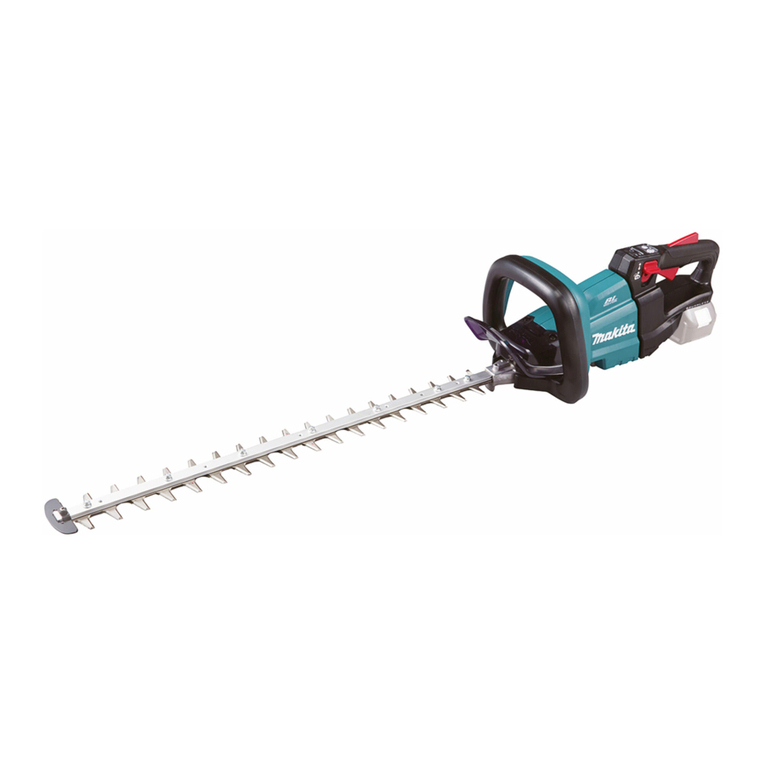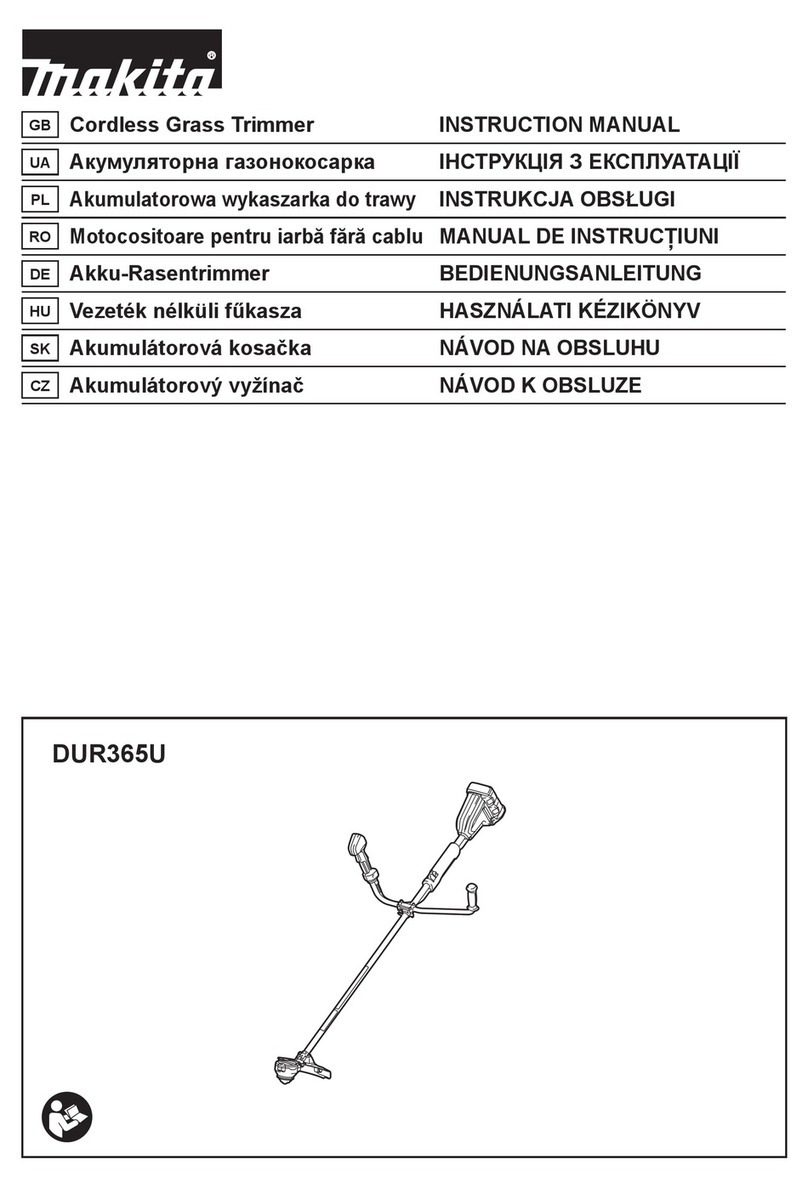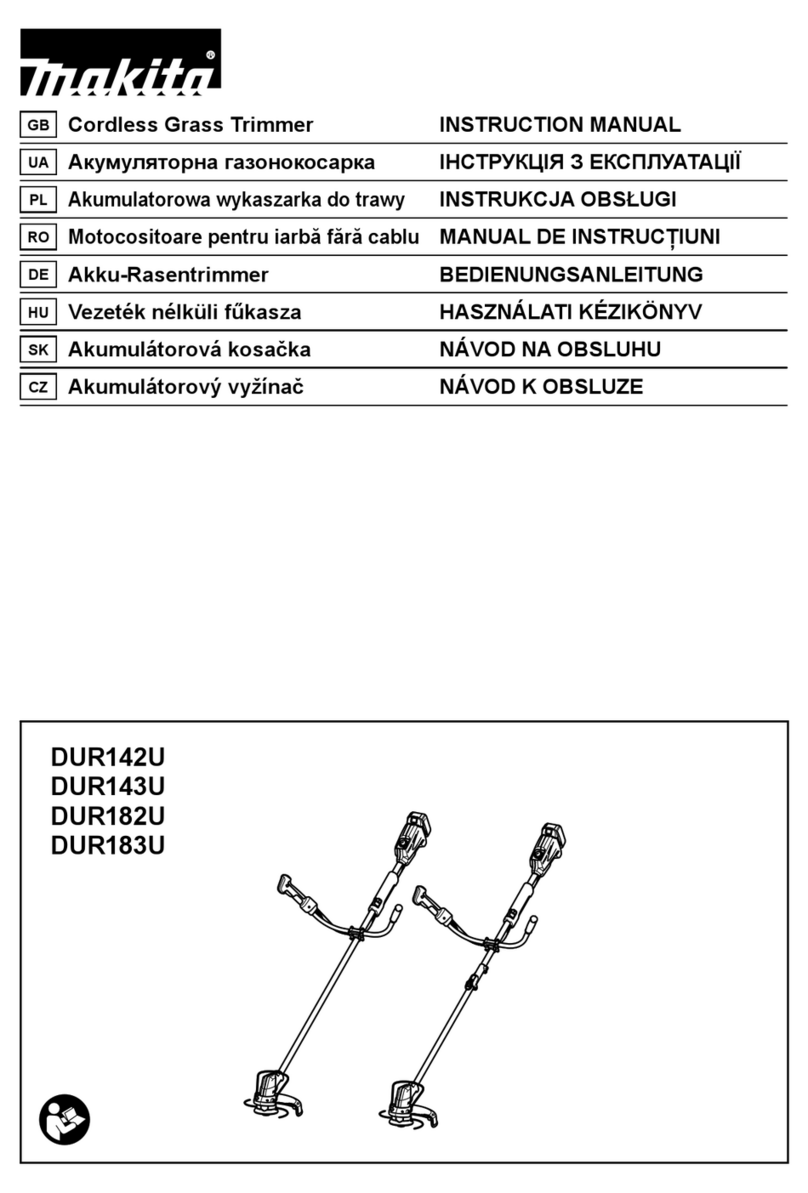Makita RT0702C User manual
Other Makita Trimmer manuals

Makita
Makita DUH651 User manual
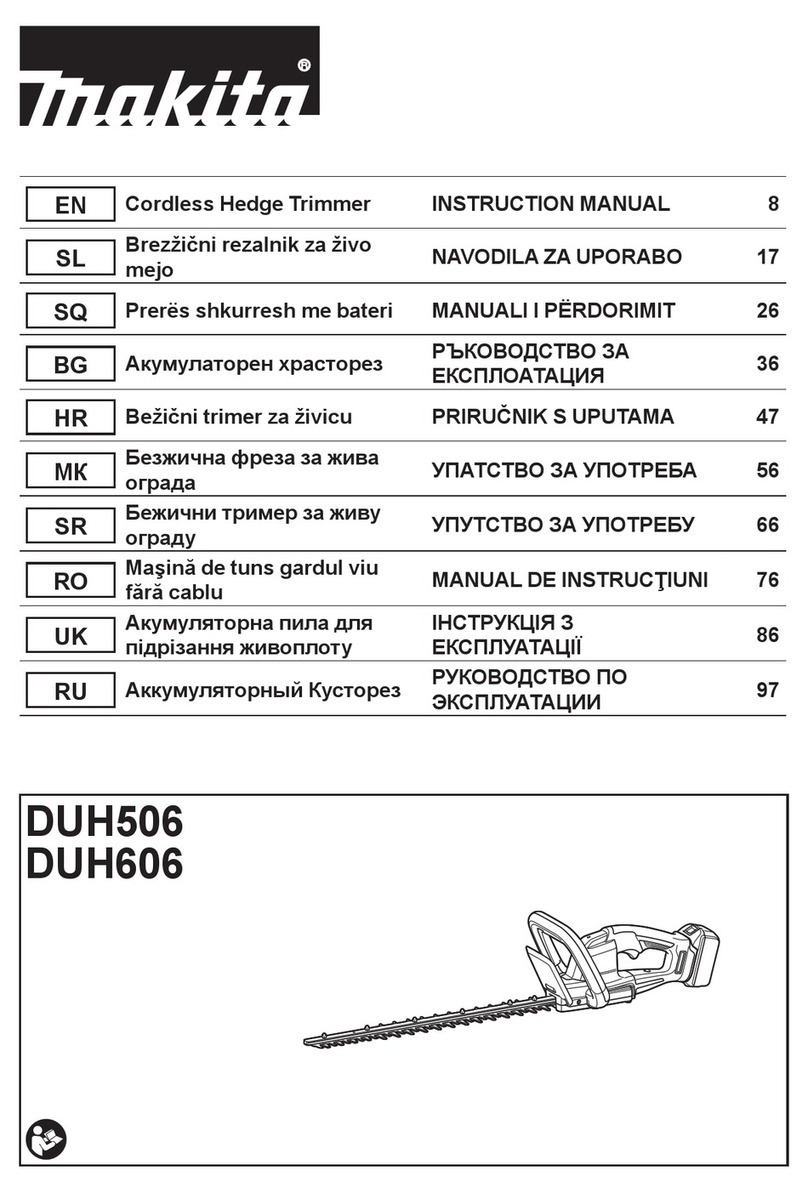
Makita
Makita DUH506 User manual

Makita
Makita UR008G User manual

Makita
Makita DUR194SFX2 User manual
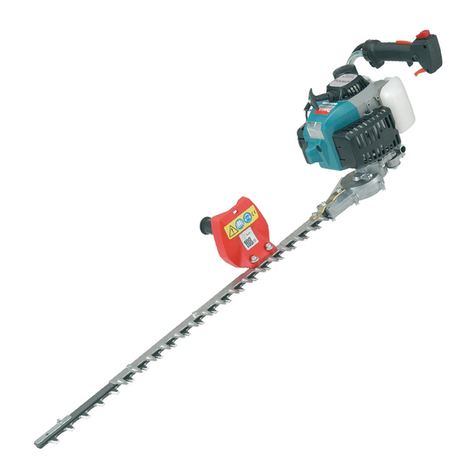
Makita
Makita HTR5600 User manual
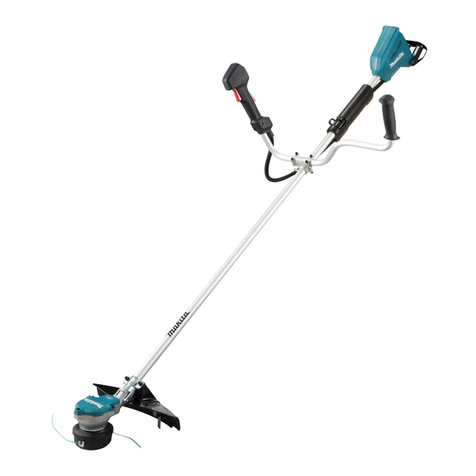
Makita
Makita DUR368A User manual

Makita
Makita EH5000W User manual
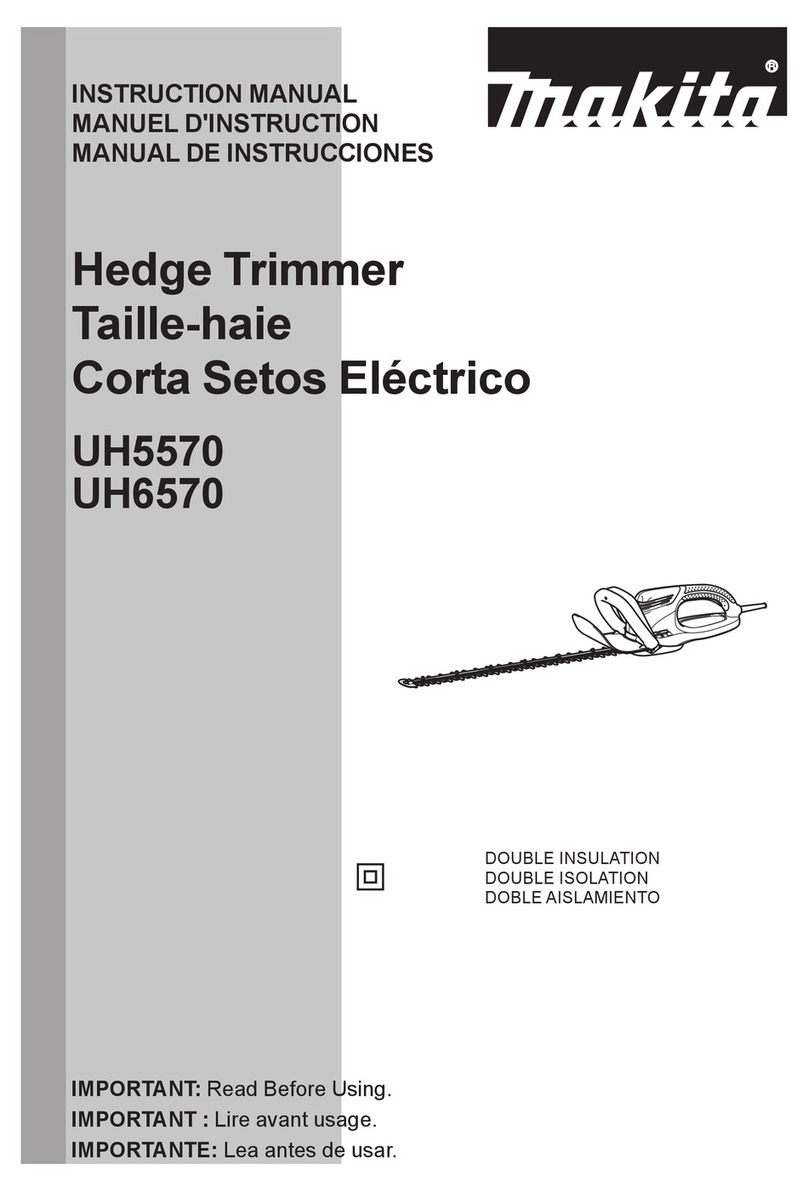
Makita
Makita UH5570 User manual
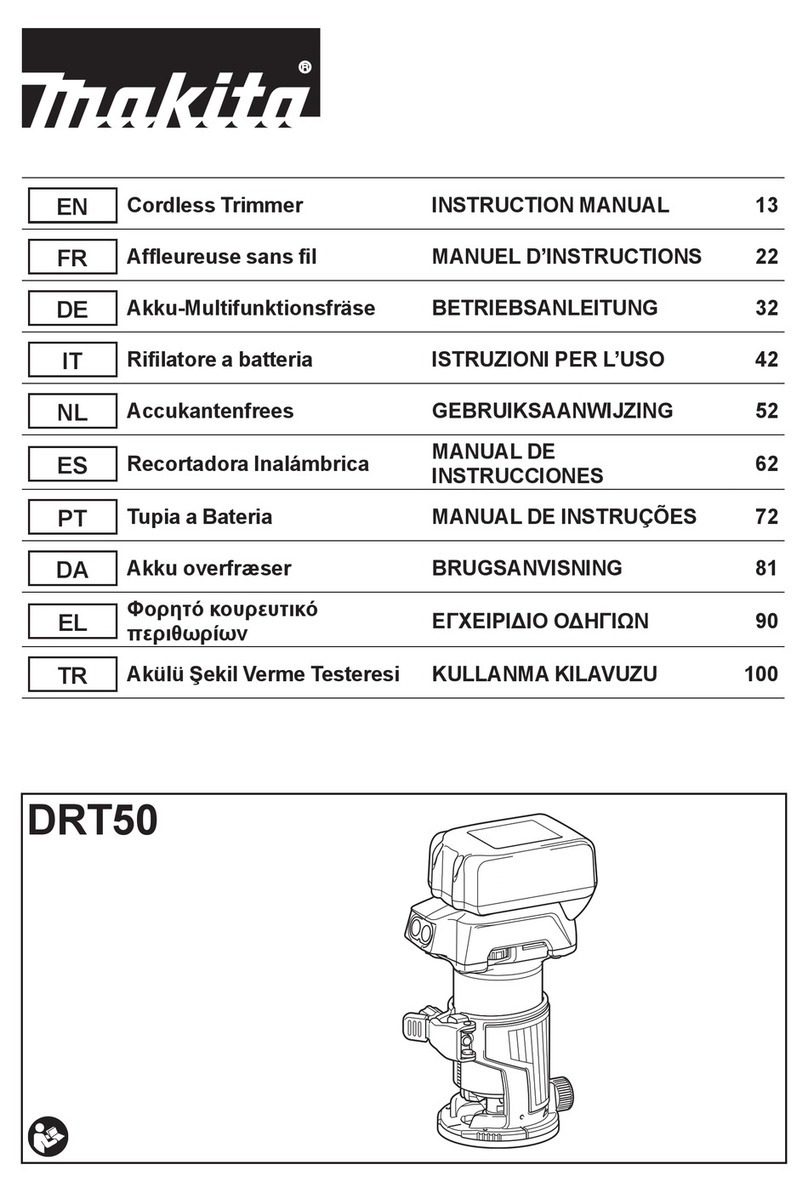
Makita
Makita DRT50 User manual

Makita
Makita UR100DSAE User manual
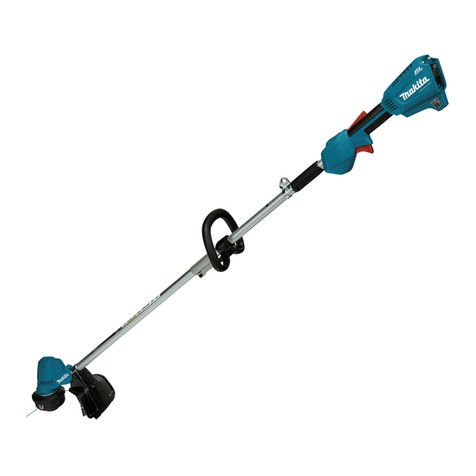
Makita
Makita DUR192L User manual

Makita
Makita EH5000W Manual
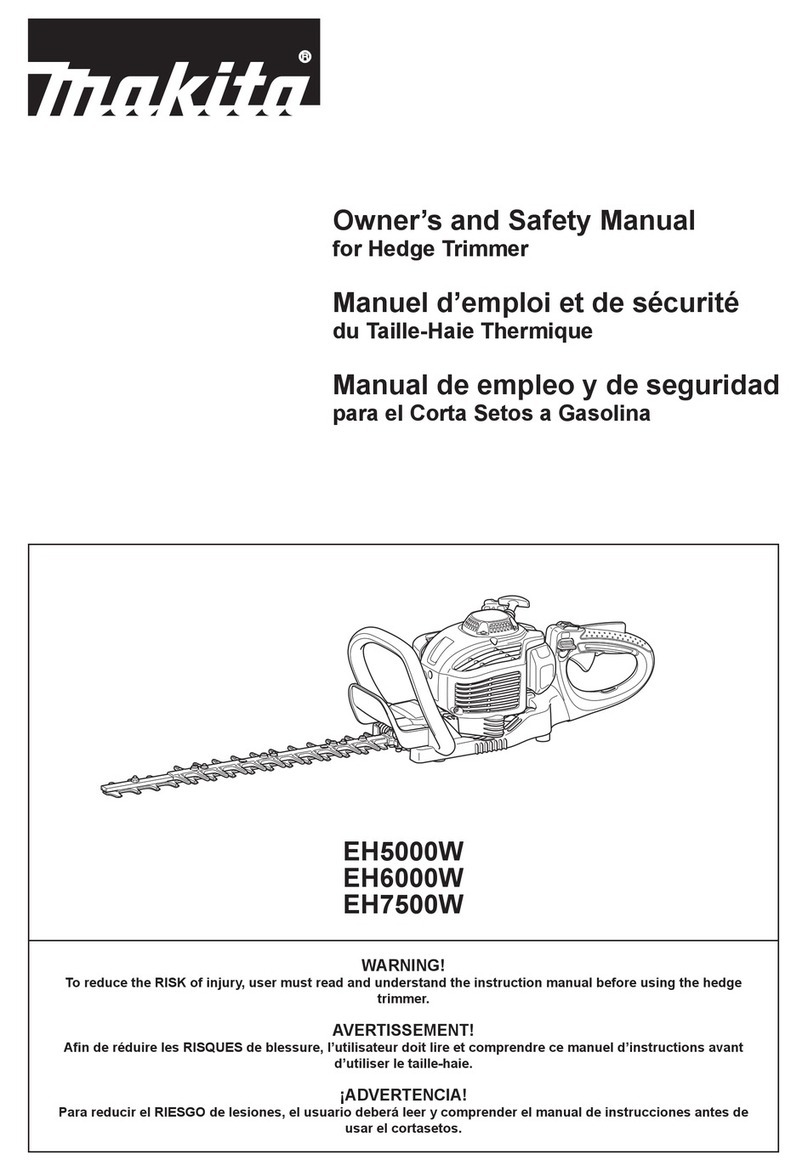
Makita
Makita EH6000W Instruction Manual
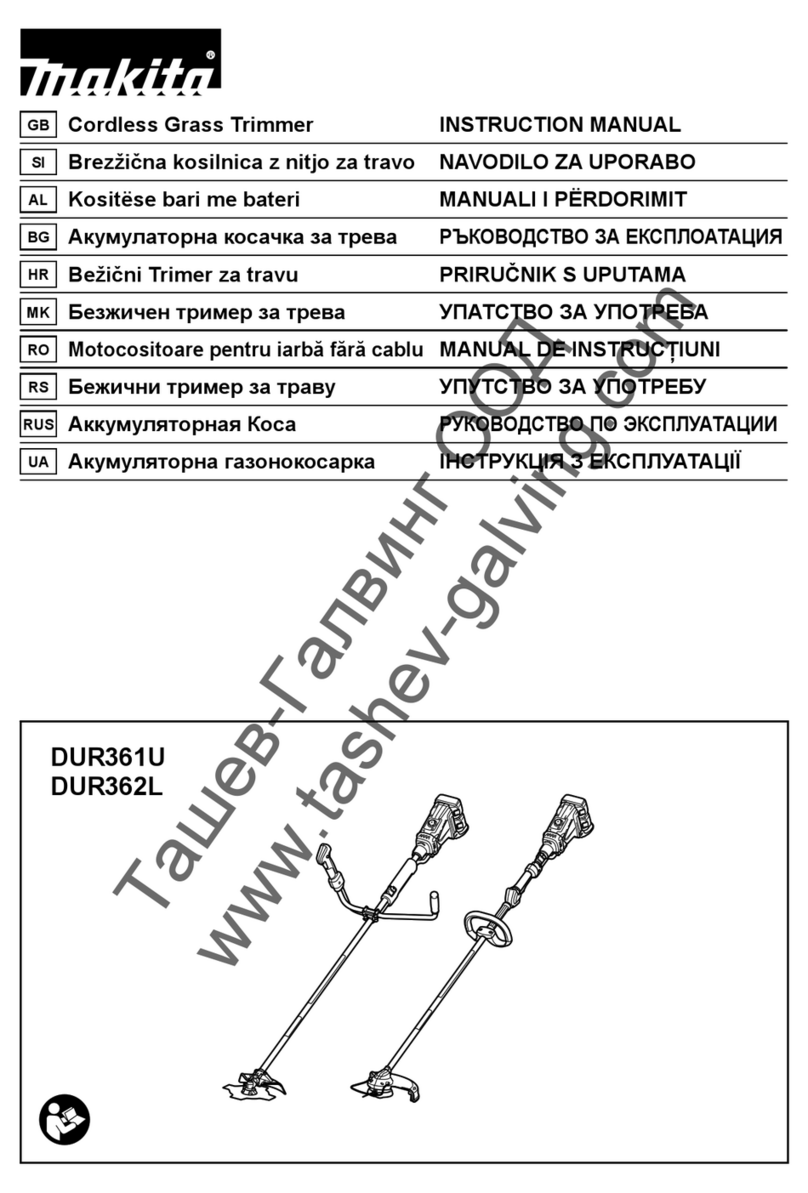
Makita
Makita DUR361U User manual
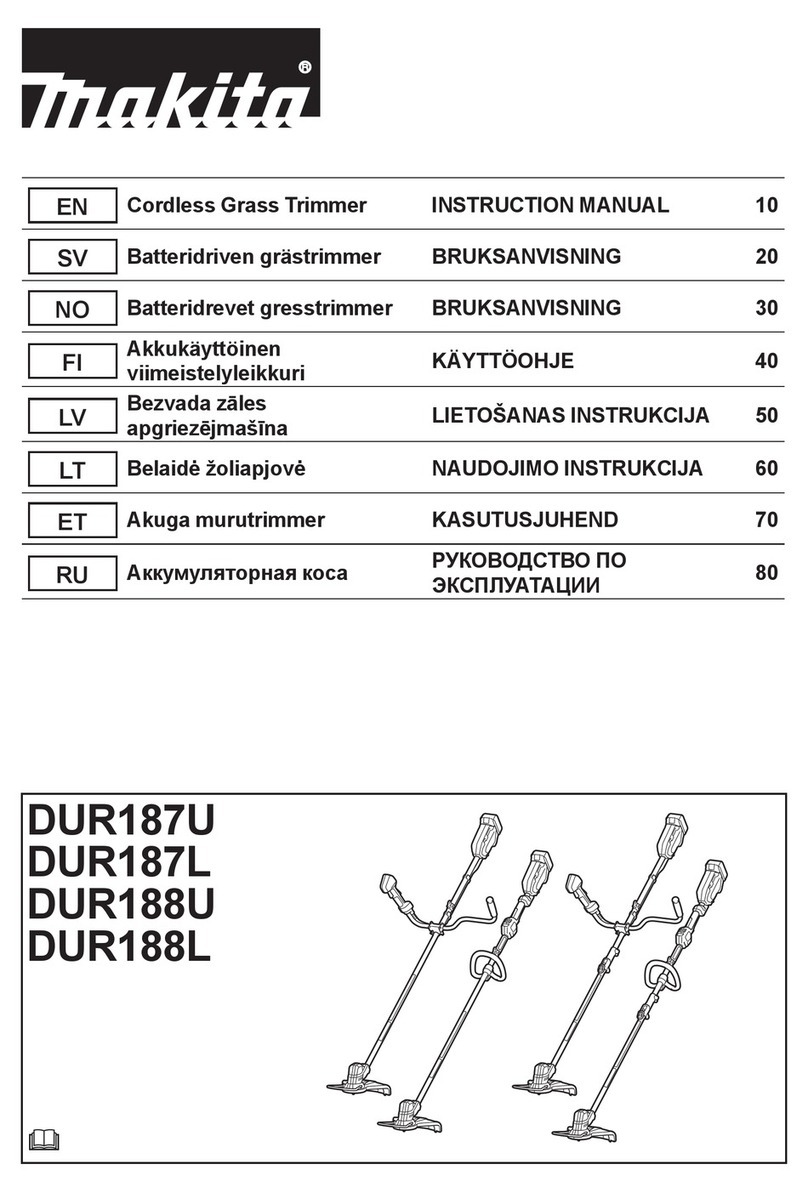
Makita
Makita DUR187U User manual
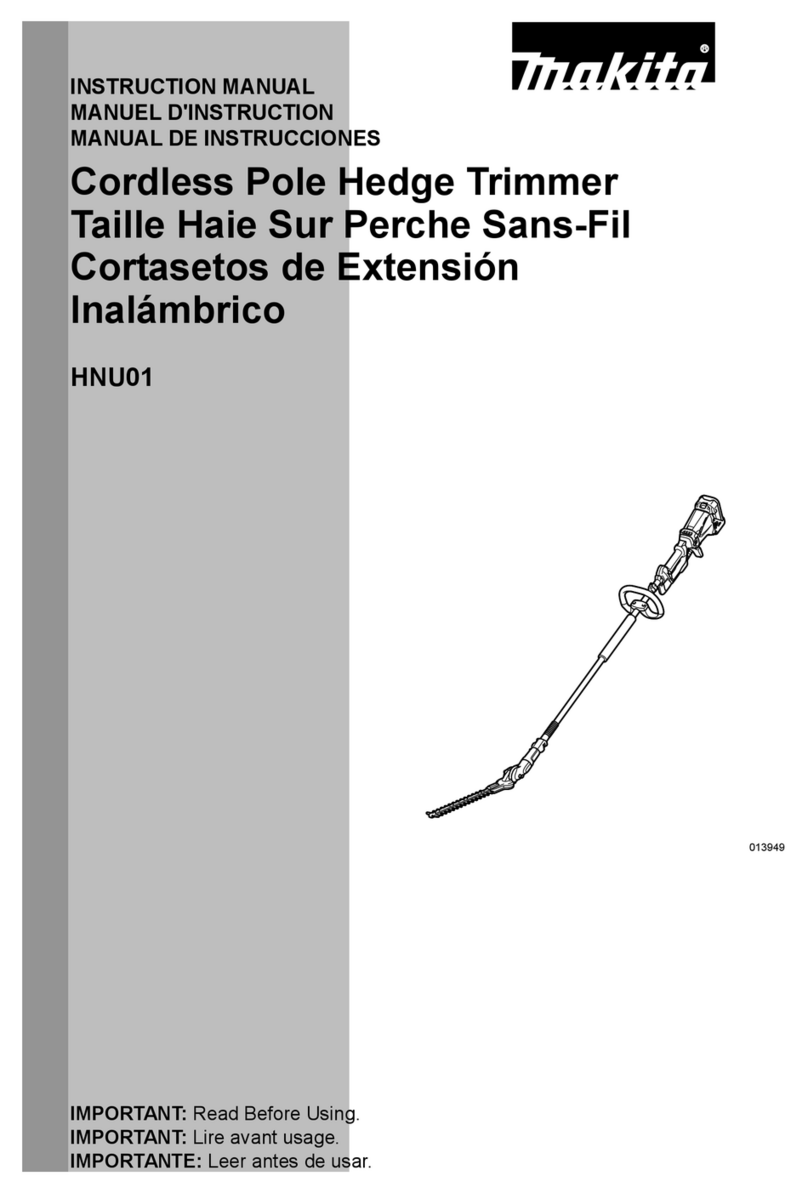
Makita
Makita HNU01 User manual
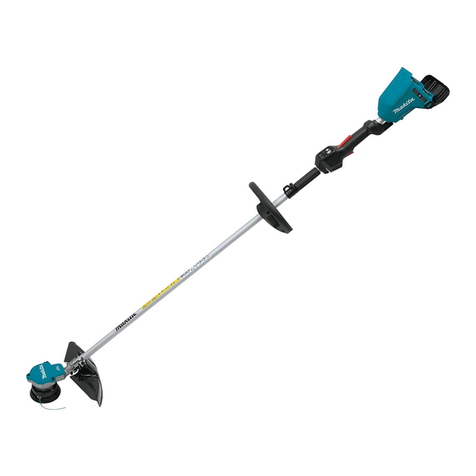
Makita
Makita XRU09 Operating instructions
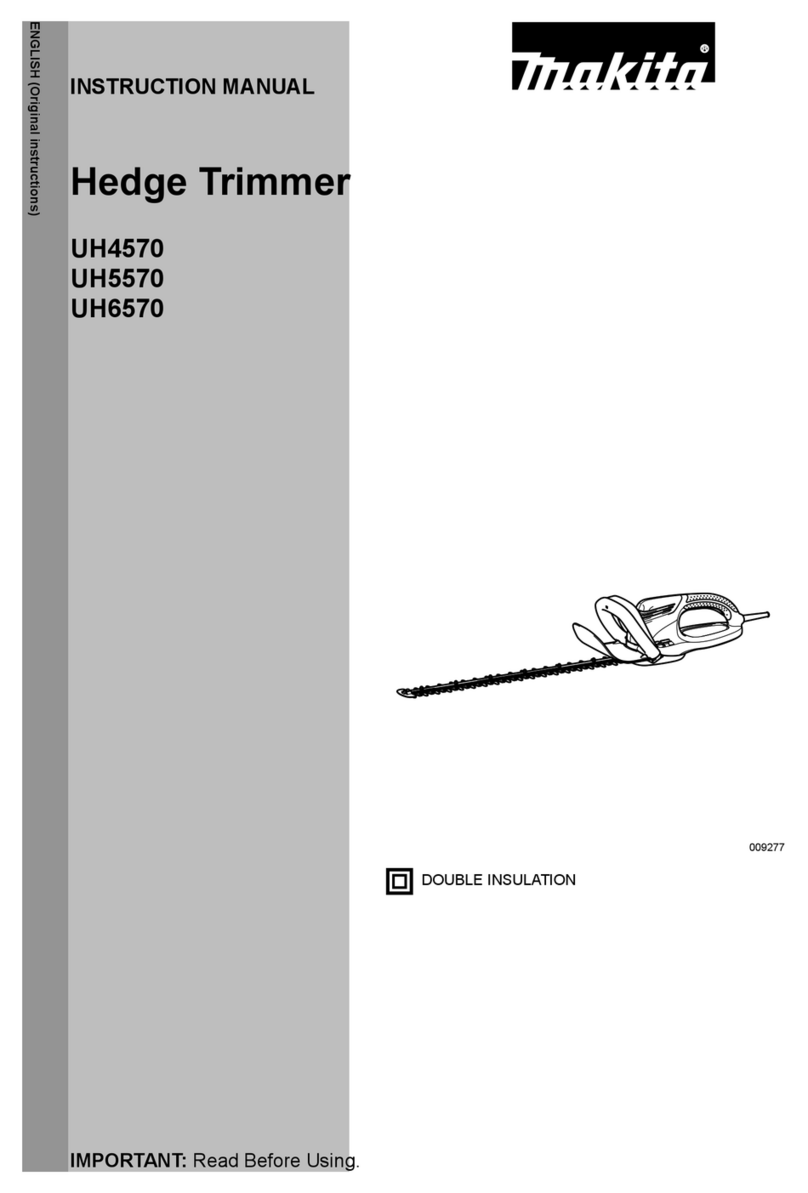
Makita
Makita UH4570 User manual

Makita
Makita EM4351UH User guide

Makita
Makita UR013G User manual
